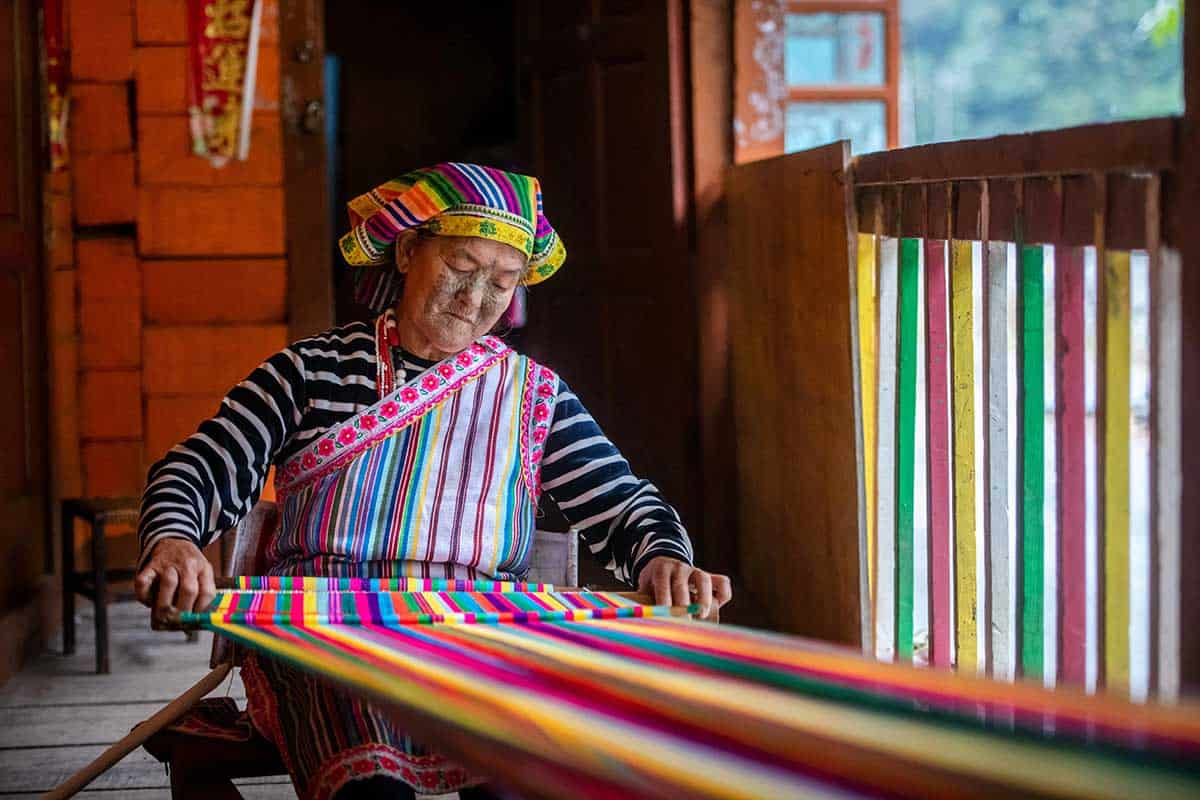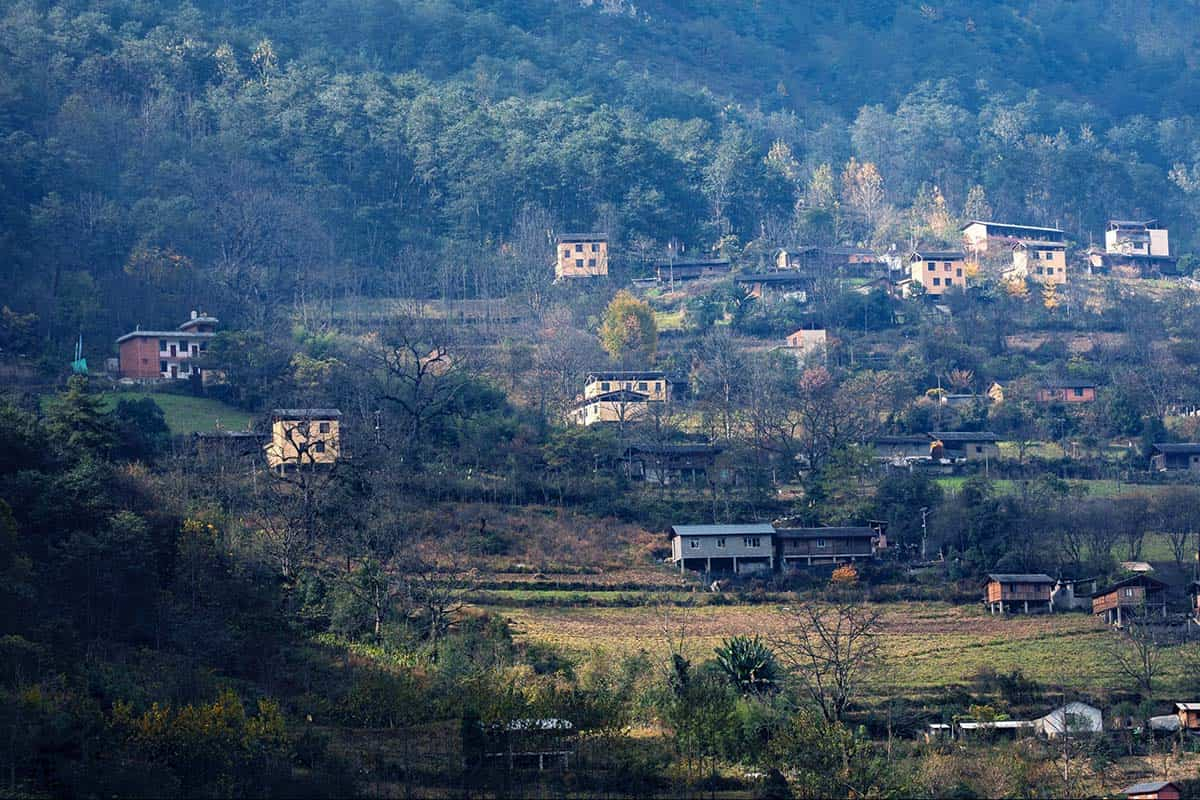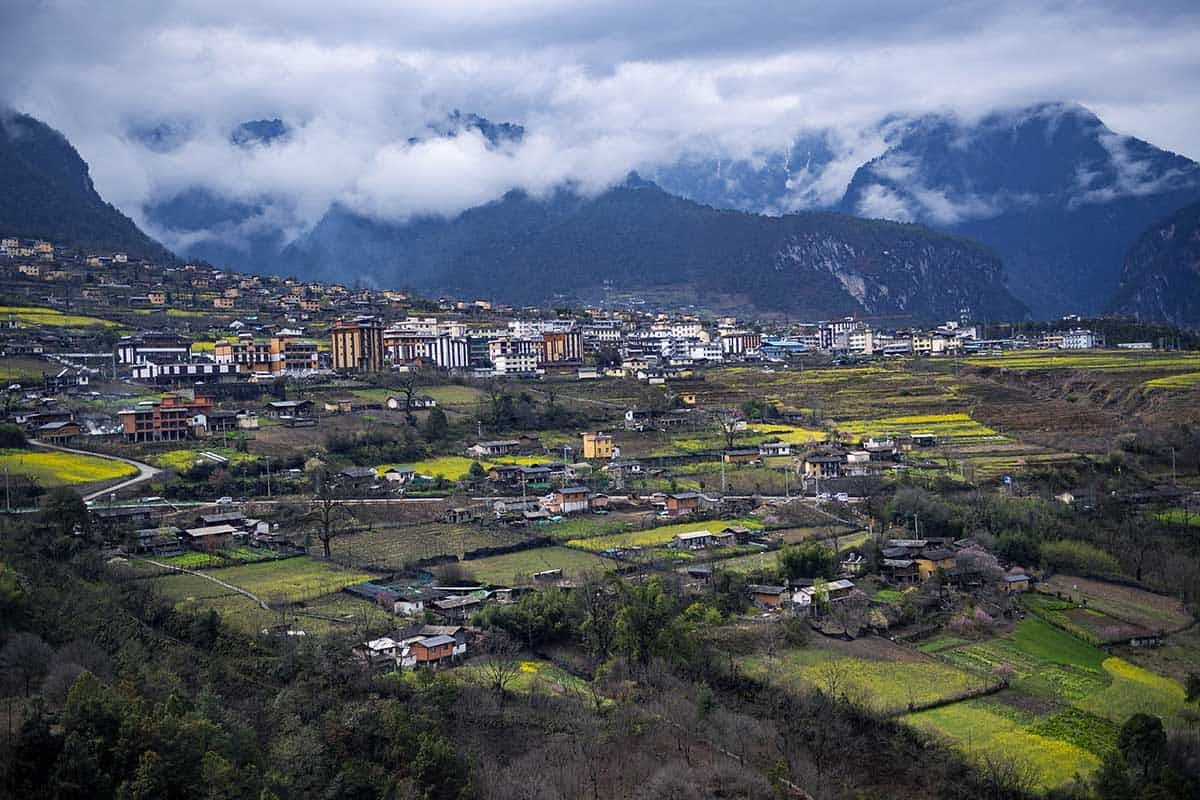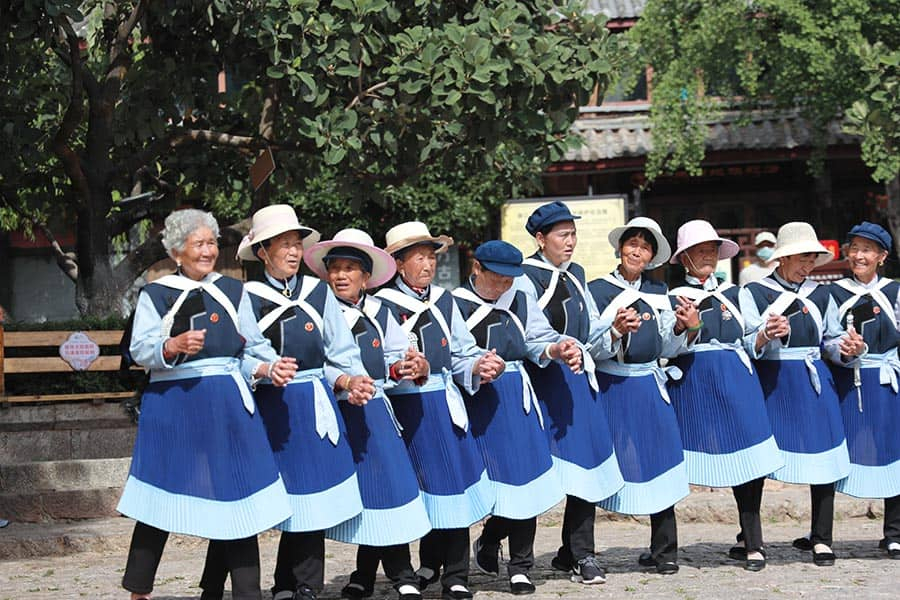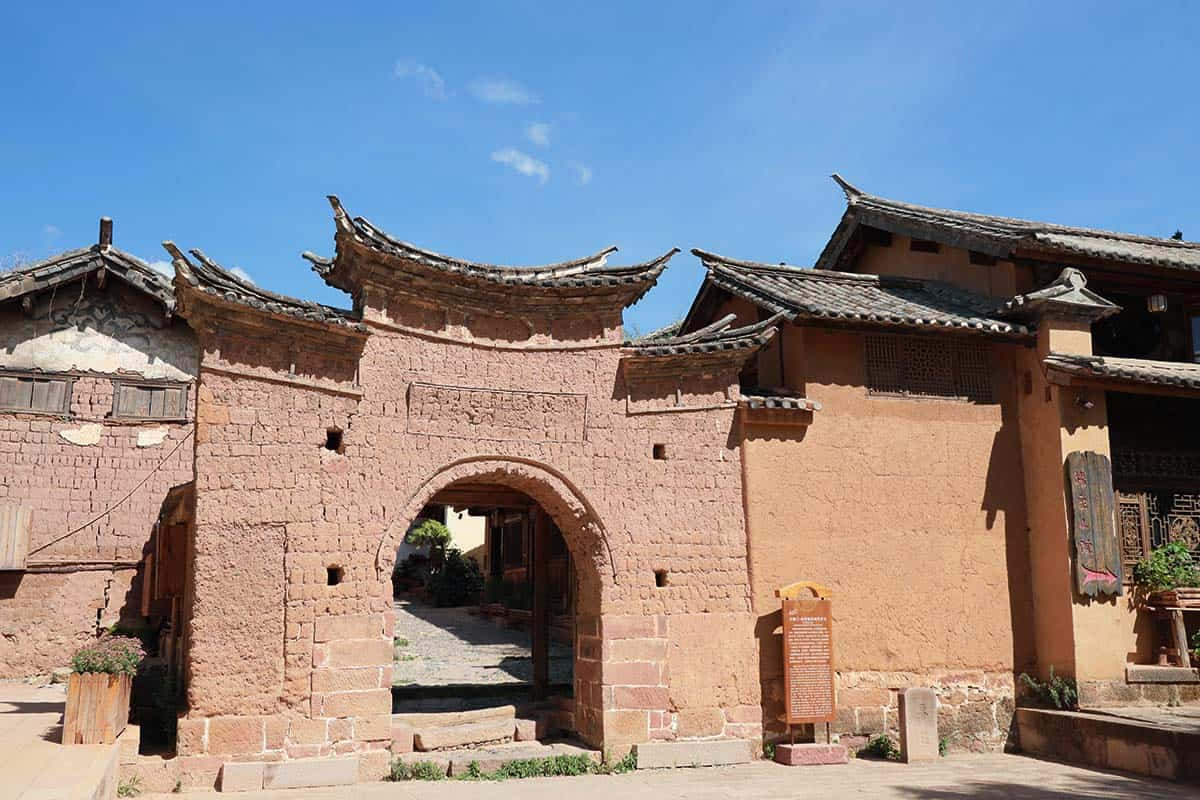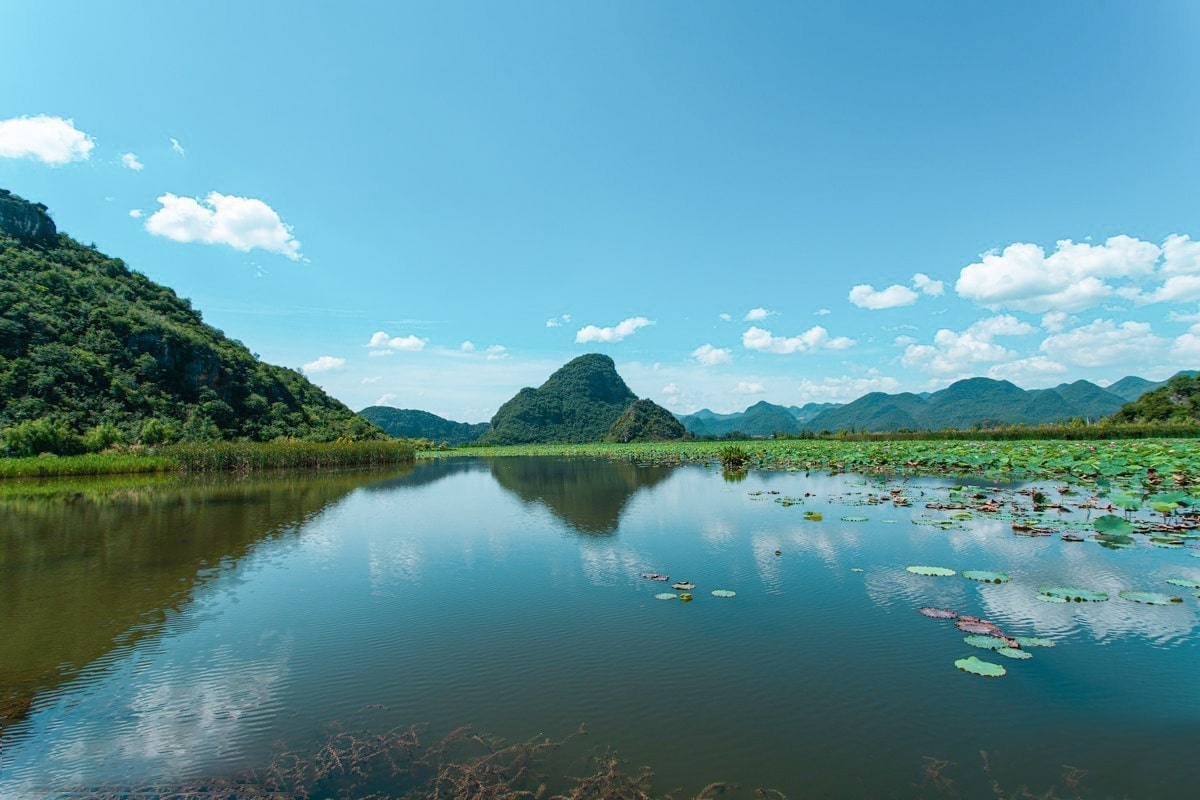Shangri-La: The Mystical Paradise in China
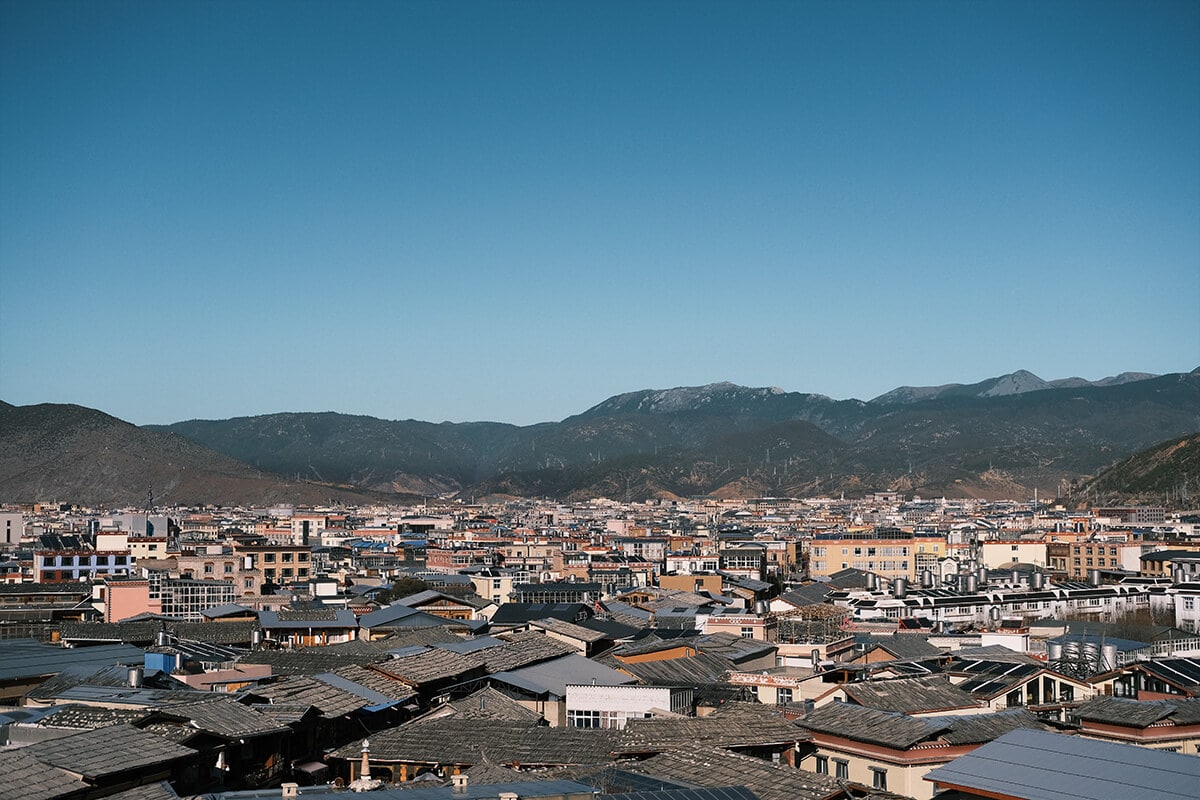
Formerly known as Zhongdian County, capital city of Diqing Tibetan Autonomous Prefecture, Yunnan Province. This town changed its name to Shangri-La in 2001. The name Shangri-La first appeared in James Hilton’s iconic fiction Lost Horizon. The whole story depicted in this book is inspired by the experience of legendary Austrian explorer Joseph Rock who travelled much of Yunnan Province including areas of nowadays Zhongdian county, Diqing prefecture. In a sense, renaming Zhongdian county as Shangri-La is not totally groundless. Renaming greatly boasted the popularity of this tranquil little town in the mountains of southwest China. And Zhongdian certainly deserves this Eden like title for its reclusiveness, breathtaking landscapes and dazzling ethnic cultures.
Nowadays Shangri-La is a county level city and economical centre of Diqing Tibetan Autonomous Prefecture, home to almost 170000 people. Tibetan is the dominant race, together with Lisu, Han and several other ethnic groups. This region is on the southeast edge of Tibetan plateau, on northwest corner of Yunnan province. it shares borders with Sichuan and Tibet. Geologically, it is very close to the famous Daocheng-Yading scenic area in Sichuan. The city area is 3300 meters above sea level. The mighty Jinsha River goes through the whole region. There are also more than 200 high land lakes spreading out this region. Shangri-La is rich in natural resources from valuable herbs to rich mineral deposits (including gold, silver, copper, manganese and many other rare metals) to abundant animal resources (such as golden monkeys, leopards and musk deer). Shangri-La is a land full of natural wonders.
● Top things to do in Shangri-La
Shangri-La is inhabited by many different ethnic groups, with the Tibetans comprising the majority of the population. There you will have an opportunity to experience Tibetan life and learn about their lifestyle, religion and traditions. Lisu is another ethnic group, the second largest in terms of population, in this area. Lisu is a much less known ethnic group in China. Around 1 million Lisu people live in southwest China, mostly in Yunnan and Sichuan Province. They are closely related to Yi people as researchers found similarities in languages used by Lisu and Yi people. Visitors could really immerse themselves in this multiculturalism, experience different food, languages and customs.
This region is surrounded by high rising mountains. It offers an alpine like view, with countless snow caped mountains, glaciers, valleys. It is an ideal place for people who are really into out door activities, hiking, trekking, etc.
Songzanlin Lamasery, known as the Little Potala Palace, is the largest Tibetan Buddhist temple complex in Yunnan Province. It houses many Buddhist statues and precious cultural treasures.
Dukezong Old Town is the biggest and best-preserved Tibetan residential building group in China.
Pudacuo National Park is a stunning display of nature, with lakes, forests, meadows, streams, brooks, and rare plants and animals.
Napahai Nature Reserve features the largest grassland in Yunnan Province — Yila Grassland — and clear Napa Lake.
The Meili Snow Mountains, the highest mountains in Yunnan Province, are a holy land of pilgrimage for Tibetan Buddhists.
Tiger Leaping Gorge, located between Lijiang and Shangri-La, is one of the world's deepest and most marvelous gorges. It's often cited as China's top hiking route.
Nixi Pottery Village, an ancient Tibetan village, is well known for its natural beauty and century-old pottery making.
● Shangri-La Food&Drinks
Tibetan cuisine is dominant in Shangri-La region. But as a tourists’ city, it offers different flavors for visitors around China. Red meat such as yak and mutton dominant the dinner tables of locals. Yak jerky (dried yak meat) is a popular snack in Shangri-La and in extended Tibetan regions of Yunnan and Sichuan. Tuo tuo rou (large meat chunks) is a popular food among Yi people who also live in Shangri-La region. Meat, often pork or beef, are cooked in plain water without any spice or condiments. Flavors are only added to the meat after cooking, making them either slaty or peppery.
● Shangri-La Transportation
This region is known for its remoteness and inaccessibility in history. Improvement of infrastructures in this region provide visitors means to get there. Visitors often travel to Kunming before moving on to Shangri-La. Still, there are no railway service in Shangri-La, and road networks are not as sophisticated as those cities in lower and flatter parts of China. There is air service though. Diqing Shangri-La Airport (DIG) is located about four kilometers (2.49 miles) southeast of Shangri-La County. It is a regional airport operates limited number of flights connecting this region to cities like Kunming, Lhasa, Shanghai and Chengdu.
● Shangri-La Weather
Siting at 3000 meters above sea level, Shangri-La in general has a highland climate. There is no summer heat, but a relatively longer winter. Sunny days with clear sky are plentiful. Weather is changeable in this region, temperature could rise from 5 degree to almost 30 in a day. People with altitude related symptoms should proceed with caution as much of this region sits above 3000 meters.
- HOTEST
- RECOMMEND
